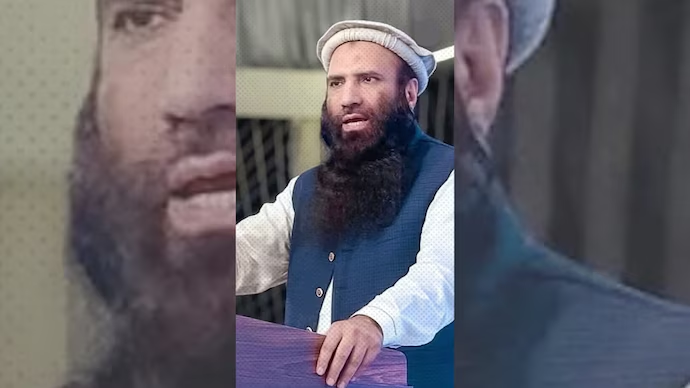'Gray Divorce', a term referring to divorces of older couples, especially those aged 50 and above or those having been together for a long time, has been trending lately.
Often referred to as 'silver splitters', these couples may have been together for 20, 30, or even 40 years.

The phenomenon has gained prominence among baby boomers and differs from divorces among younger couples due to the unique financial, emotional, and social challenges it poses.
A few things that might be influencing this trend are women becoming more financially independent, people living longer, changing social norms, and couples looking for help after their kids are grown and settled.
A two-phase process underlies the timing of late-life divorces, according to a recent study that examined the experiences of 44 divorcees who were 60 years of age or older and was published in the Journal of Social and Personal Relationships.
'Staying Together While Growing Apart' is the first phase that often involves long-term dissatisfaction within the marriage, with couples choosing to remain together despite their issues.
Realizing that the marriage must end — the second phase occurs when the decision to divorce is made, typically after years of increasing marital distress, marked by significant turning points that lead the marriage to deteriorate completely.
Over the past ten years, the idea of 'gray divorce' has become more popular in India.
In Indian culture, marriage is traditionally seen as a lifetime commitment, and older couples are more likely to stay together despite marital problems because of social pressure and the stigma attached to divorce.
Growing financial independence among women is one significant aspect contributing to the gray divorce.
As more women enter the job market and achieve financial security, they are becoming less dependent on their husbands for financial stability.
Their ability to make choices regarding their married life based on fulfilment and personal satisfaction rather than necessity is made possible by their financial independence.
Due to longer life expectancies, people in their 50s and 60s may choose to get a divorce in order to start over and find their own happiness.
The trend of elderly people prioritizing their mental health and personal development is also a major factor, as is the societal change towards individualism and self-fulfilment.
Legal obstacles are different for gray divorces than for divorces between younger spouses.
Retirement benefits, alimony, and asset division become crucial concerns. Older couples frequently have significant joint assets that have been built over many years, so dividing property fairly can be difficult and complicated.
The Hindu Marriage Act of 1955 and the Special Marriage Act of 1954 are two examples of religiously based personal laws in India that set down the legal ground for divorce.
The distribution of assets, alimony, and maintenance are all covered by these laws. But more sophisticated legal strategies can be needed in cases of gray divorce, especially when it comes to retirement benefits and long-term financial stability.
An important component of gray divorce is maintenance or alimony. When deciding alimony, courts take into account a number of variables, including the length of the marriage, the health and age of the spouses, and their financial situation.
In order to maintain financial stability after a divorce, alimony becomes essential for older women who may have given up their employment to care for their families.
Pensions and retirement benefits present substantial legal obstacles as well. In determining how to divide these benefits fairly, courts must take into account the contributions made by each spouse.
Furthermore, insurance and healthcare are important factors to take into account, especially for older people who could have more complex medical needs.
NIH research indicates that in recent years, there has been an increase in the gray divorce relationship trend. These couples have been together for a long time, either as partners or as couples.
Within the Indian celebrity circle, numerous well-known pairs have also made the decision to end their long-term partnerships while they were in their mid to senior years.
After nearly 14 years of marriage to Pakistani cricket player Shoaib Malik, former Indian tennis player Sania Mirza filed for divorce in 2010.
The marriage of Malaika Arora and Arbaaz Khan is another example of a gray divorce. In 1997, Malaika Arora and Arbaaz Khan tied the knot. The pair parted ways in 2017 after over 19 years of marriage.
Not only Arbaaz Khan, but his brother Sohail Khan and ex-wife Seema Sajdeh parted ways after over 20 years of marriage in 2022.
Another couple that went through a gray divorce is Hrithik Roshan and Susanne Khan. After 14 years of dating, both of them got married in 2000 and got divorced in 2014.
Superstar Aamir Khan and Kiran Rao also got divorced. After being together for more than 15 years, the couple filed for divorce in July 2021.















